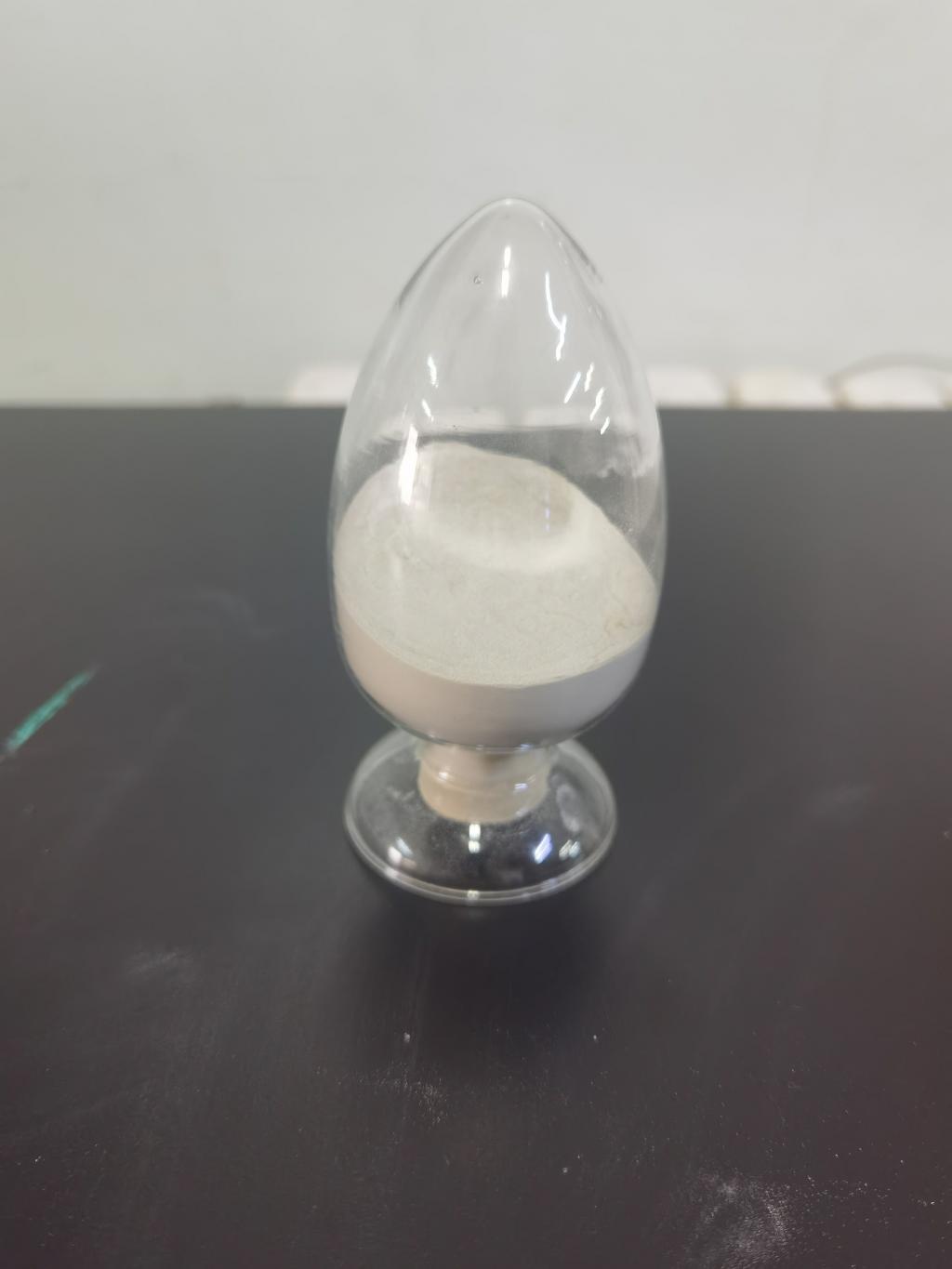Tel:+8618231198596

News
 CONTACT
CONTACT
 CONTACT
CONTACT
- Linkman:Linda Yao
- Tel: +8618231198596
- Email:linda.yao@dcpharma.cn
- Linkman:CHARLES.WANG
- Department:Overseas
- Tel: 0086 0311-85537378 0086 0311-85539701
News
Nisin: Nature's defense against harmful bacteria in food.
TIME:2024-04-16
Origins and Discovery of Nisin:
Nisin was first discovered in 1928 by Dr. Elmer K. Nelson and Dr. M.A. Hartley during their investigations into the antimicrobial properties of lactic acid bacteria. They isolated nisin from a strain of Lactococcus lactis found in milk, noting its ability to inhibit the growth of other bacteria. Since then, nisin has been extensively studied and recognized for its potent antimicrobial activity, paving the way for its use in food preservation.
Mechanisms of Action:
Nisin exerts its antimicrobial effects primarily by disrupting the cell membranes of susceptible bacteria. It binds to lipid II, a precursor molecule involved in bacterial cell wall synthesis, leading to the formation of pores or holes in the cell membrane. This disruption compromises the integrity of the bacterial cell, causing leakage of cellular contents and ultimately cell death. Notably, nisin exhibits selective activity against Gram-positive bacteria, including notorious foodborne pathogens such as Listeria monocytogenes and Staphylococcus aureus, while sparing most Gram-negative bacteria and beneficial microbes.
Applications in Food Preservation:
Nisin finds widespread application in the food industry as a natural preservative to inhibit the growth of spoilage organisms and pathogens. Some common applications include:
Dairy Products:
Nisin is commonly added to cheese, yogurt, and other dairy products to prevent the growth of spoilage bacteria and pathogens. Its compatibility with dairy processing conditions and its stability during storage make it an ideal choice for extending the shelf life of these products without altering their taste or texture.
Meat and Poultry:
In meat and poultry processing, nisin helps prevent the growth of pathogenic bacteria such as Salmonella and E. coli. Incorporating nisin into meat coatings, marinades, or packaging materials provides an additional layer of protection, thereby enhancing food safety and prolonging shelf life.
Canned Foods:
Nisin is used in canned foods to prevent the growth of heat-resistant bacteria such as Clostridium botulinum, which can cause botulism if present in improperly processed canned products. By adding nisin to the canning liquid or directly to the food matrix, manufacturers ensure the safety and quality of canned products during storage.
Beverages:
Certain beverages, such as fruit juices and soft drinks, are susceptible to microbial spoilage. Nisin can be added to these beverages as a preservative to inhibit the growth of spoilage organisms and extend their shelf life without impacting their flavor or appearance.
Benefits of Nisin in Food Preservation:
The utilization of nisin as a food preservative offers several benefits:
Enhanced Food Safety: Nisin effectively controls the growth of pathogenic bacteria and spoilage organisms, reducing the risk of foodborne illnesses and enhancing consumer confidence in food products.
Extended Shelf Life: By inhibiting microbial spoilage, nisin extends the shelf life of perishable foods, minimizing food waste and optimizing inventory management.
Natural and Sustainable: As a naturally occurring peptide, nisin aligns with consumer preferences for clean label ingredients and sustainable food production practices.
Future Prospects and Innovations:
The future of nisin in food preservation holds promising avenues for innovation and advancement. Some potential areas of exploration include:
Combination Approaches:
Exploring synergistic effects of nisin with other natural antimicrobial agents or preservation techniques to enhance efficacy and broaden the spectrum of antimicrobial activity.
Delivery Systems:
Developing novel delivery systems to improve the stability and bioavailability of nisin in food matrices, thereby maximizing its antimicrobial efficacy and minimizing dosage requirements.
Genetic Engineering:
Engineering nisin variants with enhanced potency, stability, or specificity against target bacteria through genetic manipulation, offering tailored solutions for specific food preservation challenges.
Conclusion:
Nisin stands as a testament to nature's ingenuity in providing solutions to human challenges. Its remarkable antimicrobial properties, coupled with its natural origin and safety profile, make it a valuable asset in the preservation of food safety and quality. By leveraging the power of nisin, the food industry can continue to innovate and evolve, ensuring the delivery of safe, high-quality food products to consumers around the world.
- Tel:+8618231198596
- Whatsapp:18231198596
- Chat With Skype







